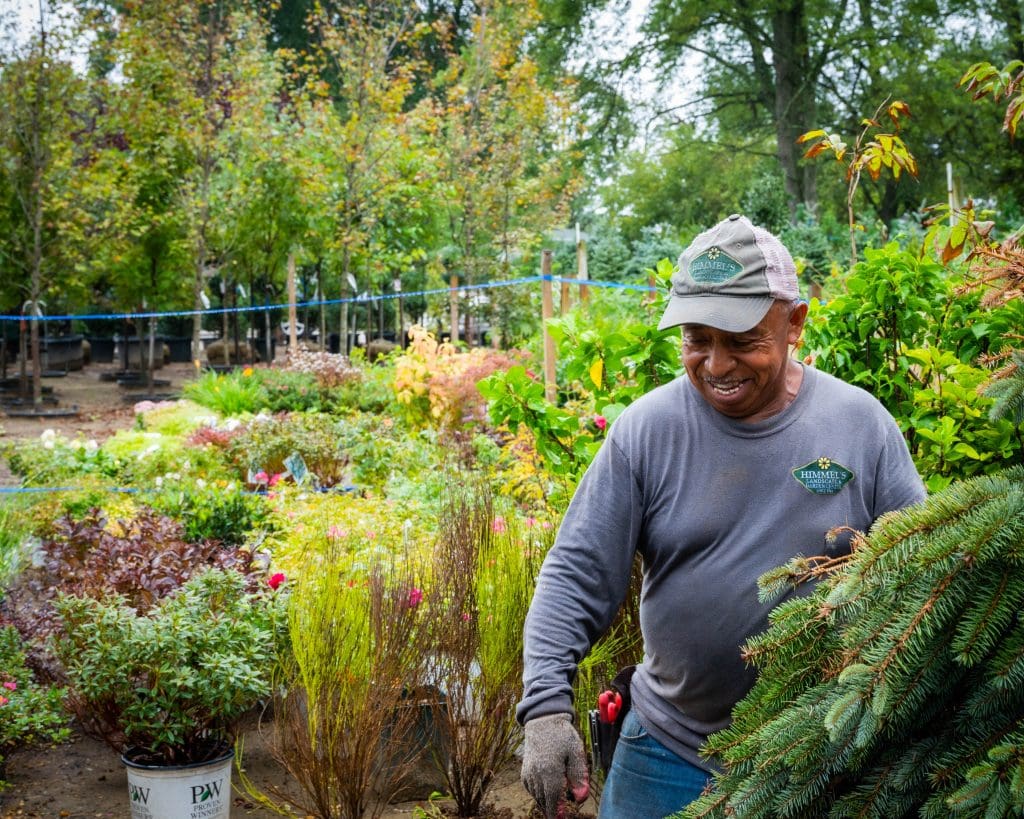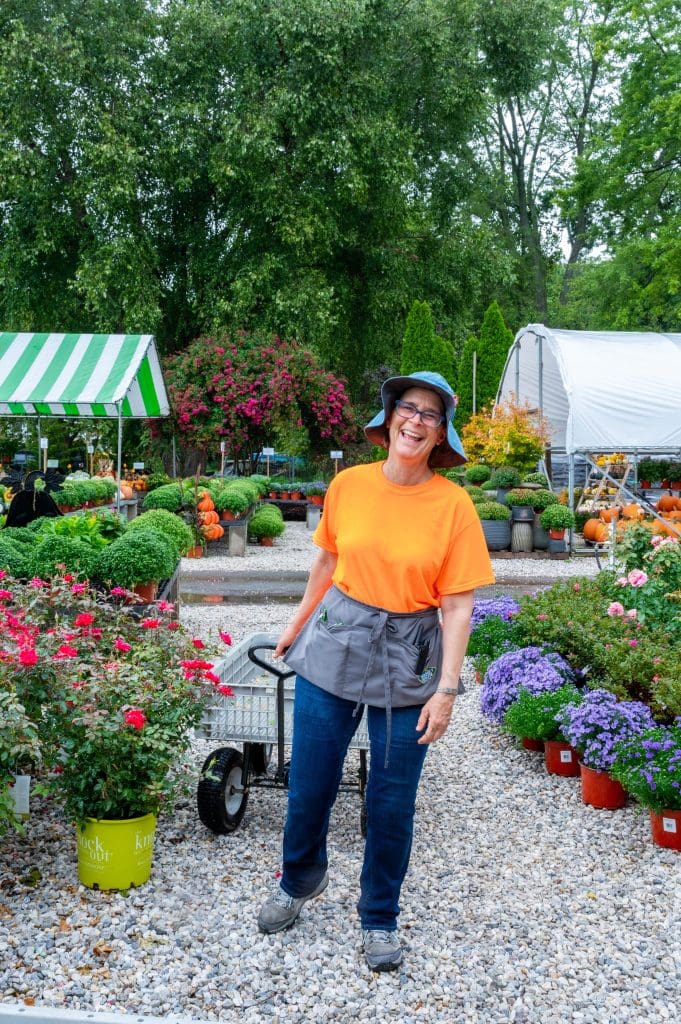
One of the roles of landscape businesses is being a steward of the environment, and you can highlight this purpose to attract more individuals to the industry.
You might think job seekers are already aware of how the landscape industry helps care for the planet, but it doesn’t hurt to drive home that concept to those less familiar with the lawn and landscape profession.
Company Messaging
Elizabeth Elliott, owner of Himmel’s Landscape and Garden Center, based in Pasadena, Maryland, says they are mission-focused and share both their mission and vision prominently on their website and social media. She says it is at the forefront of the conversation during job searches and interviews.

“Our mission is ‘helping our neighbors build a better, healthier, and more beautiful world,’ and our vision is ‘promoting the value of life by building a stronger sense of community, encouraging young people to connect with nature, educating our neighbors on the beauty and significance of the Chesapeake Bay and its watershed, selling more native plants and trees, and demonstrating a commitment to making the world a better, healthier and more beautiful place,’” she says. “We attract employees who care about making a difference in the community and in the world, who want to be part of something bigger than themselves, and who care about the environment and want to find ways to demonstrate that.”
Kyle Cahill, founder of Grow and Company, based in Houston, Texas, says that their company’s messaging about being stewards of the environment also helps attract certain employees.
“By being transparent through our mission, vision, and core values about the importance of our responsibilities to the natural environment as a landscape company, it helps us attract and align shared values with potential employees,” Cahill says.
Mick Mulhall, president of Mulhall’s, based in Omaha, Nebraska, says they talk about their company’s purpose but not with the end goal of recruiting.
“At the end of the day, what we’re looking for is belonging and what facilitates belonging is shared values,” Mulhall says.
He says Mulhall’s cares about growing in concert with the natural world and preserving and protecting the natural world in Omaha.
“I think the people that choose to work here, choose to work here because they want to feel a part of something,” Mulhall says.
Attracting Younger Generations
Cahill says he’s seen over the past five years younger generations of employees place value in working for a company that believes in the stewardship of the environment.
“And what I’ve noticed is that they will also hold you accountable to that, which is even better,” Cahill says. “I would say the message does resonate with older generations as well, but that a majority of the younger generations (millennials and later) look for it.”

Mulhall agrees that potential employees interested in environmental stewardship tend to skew younger, but individuals of all ages connect with having a greater purpose in their work.
“I think that COVID has really put pressure on the lack of meaning in some people’s lives, this vacuum of meaning and authenticity,” Mulhall says. “We don’t do super well with people that are early in their journey on finding out what’s important to them. But when somebody knows that they’re happier the closer they live in concert with the natural world, we do well.”
Elliott adds that younger generations are passionate about causes that are important to them and are looking for more than a paycheck; they want to make a difference.
“Young people feel excited when they learn about our mission and vision, and see the work we do in the community,” she says. “They know that we walk the walk.”
Himmel’s works closely with a local high school and volunteers as the lead of an after-school gardening/environmental club. Elliott says through that connection, several club members have become company employees and two of their student employees have gone on the major in fields related to environmental science.
Being Authentic
The key to people believing your company’s mission and values when you are recruiting is being genuine and authentic.

“Nothing hurts trust more than feeling duped,” Mulhall says. “So I think the last thing that you want to do is build some clever messaging before you have what’s real. You should probably just work on what you want to see in the mirror first.”
Elliott encourages understanding what is important to the local community. In her region, she works to protect the Chesapeake Bay and pollinators, but in other locations, it could be xeriscaping or installing rain gardens to filter runoff. Companies like Mulhall’s and Grow and Company acknowledge that while they work to be good stewards of the earth, they are not perfect and continue to work to do better.
“We put our money where our mouth is,” Cahill says. “We don’t just say we want to be stewards of the environment; we set actionable and measurable goals that we monitor year over year to show what we can do. And I’ll be the first to admit, we have a long way to go and there are opportunities where we can be better!”
An example of Grow and Company’s efforts is how they handle their waste. The business tracks their waste annually and quantifies how much they were able to divert from landfills.
“From a service point of view, we educate our clients that we are an organic preferred company when it comes to fertilization and disease and pest control,” Cahill says. “We say organic preferred because there are certain situations where it requires the use of a pesticide or chemical control of disease, but we use only licensed professionals to apply. I make the analogy we are like medicine. If need be, we will treat with an antibiotic, and then stay healthy through diet and exercise. In our design, we specify plant material that is either native to the area or regionally appropriate to help reduce inputs.”
This article was published in the March/April issue of the magazine. To read more stories from The Edge magazine, click here to subscribe to the digital edition.


